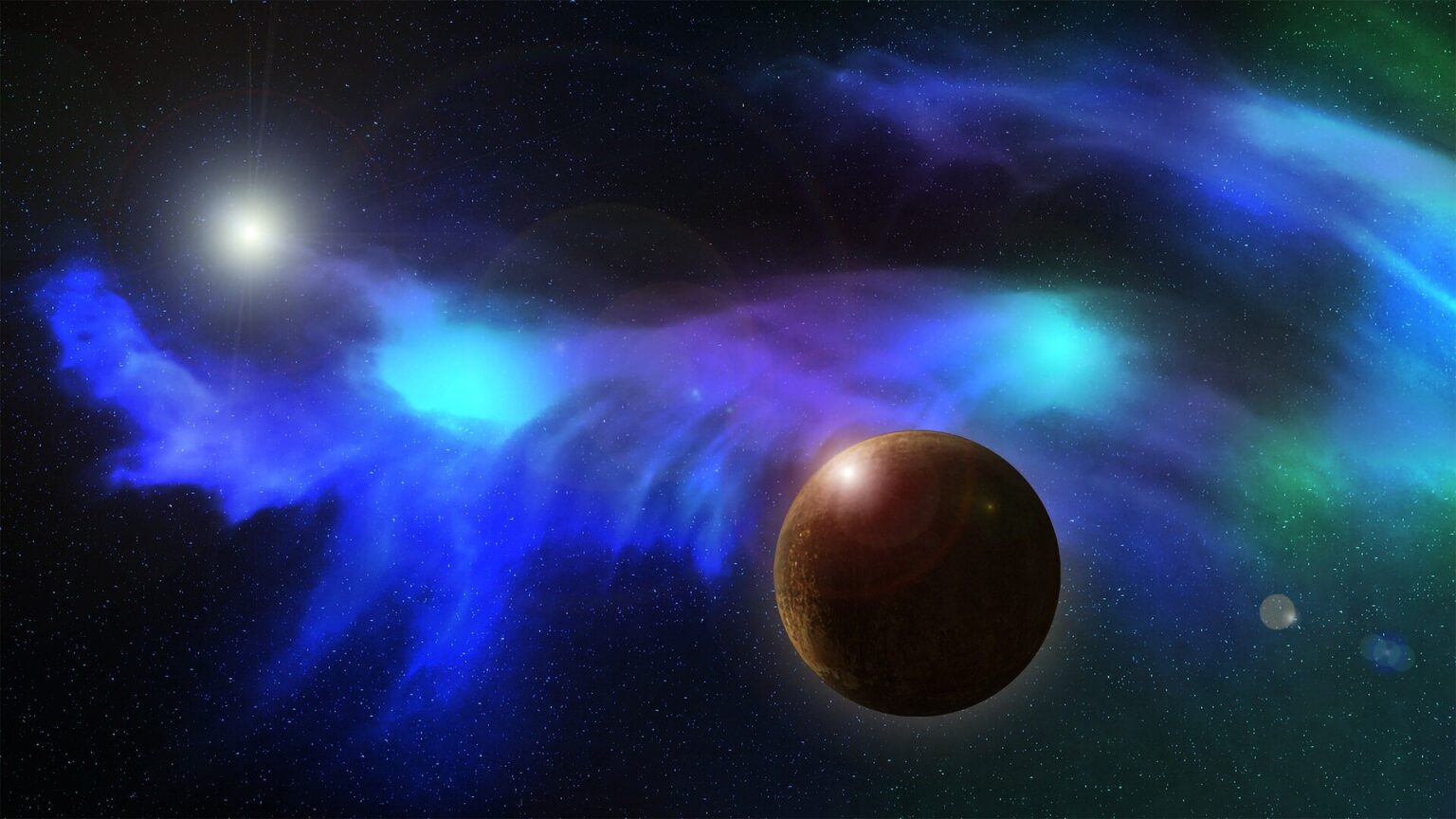Other Earth-like planets may not have the day and night changes we are used to, for example because they are tidally entrained. According to scientists, this would lead to alien life having very different circadian rhythms, or none at all.

Potentially habitable exoplanets
Do aliens sleep? You may take sleep for granted, but research shows that many planets on which life can evolve are simply without day or night. Even on Earth, there are places, such as deep underground or at the bottom of the seas, where organisms live that give us a glimpse of what life might be like for extraterrestrial beings without circadian rhythms.
There are billions of potentially habitable planets in our galaxy. This figure may seem incredible, but it is worth mentioning that there are between 100 and 400 billion stars in the Milky Way.
Seventy percent of them are tiny, cold red dwarfs. A detailed review of exoplanets published in 2013 found that 41% of M-dwarf stars have planets orbiting in their “Goldilocks zone,” which is the distance at which the world has a temperature sufficient to support liquid water.
However, these planets may only contain liquid water. We don’t know yet if they have water, and moreover, life on them. However, there are 28.7 billion planets just in the “goldilocks zones” of red dwarfs. That’s not even taking into account, for example, those orbiting stars resembling our Sun.
Tidally locked lands in red dwarf systems
Rocky planets orbiting an M-dwarf are called M-Earths. M-Earths differ from our planet in fundamental ways. Since red dwarfs are much colder than the Sun, they are very close, making the gravitational pull of the star on the planet extremely strong.
The star’s gravity more strongly attracts the closer side of the planet than the farther side, creating a force that slows the planet’s spin over centuries until the spin and orbit synchronize. This means that most M-Earths are probably tidally trapped, meaning that one of their hemispheres is always back toward the Sun and the other is always away from it.
A year on a tidally invaded planet is as long as twenty-four hours. The Moon is tidal, so we always see only one side of the Moon and never the dark side.
A planet locked by tidal currents may seem exotic, but most potentially habitable planets are probably just that. Our nearest planetary neighbor Proxima Centauri b (located in the Alpha Centauri system four light-years away) is probably tidally locked.
Biorhythms of living beings on Earth
Unlike our Earth, there is no day, night, or seasons on M-Earths. But life on Earth, from bacteria to humans, has circadian rhythms set to a day-night cycle. Sleep is only the most obvious of these. The circadian cycle affects biochemistry, body temperature, cell regeneration, behavior, and more.
We don’t know for sure how important periods of inactivity and regeneration are to life. Perhaps creatures that evolved without cyclic time can just keep chewing, never needing to rest. To support our assumptions, we can look at organisms on Earth that thrive away from daylight, such as cave dwellers, deep-sea dwellers, and microorganisms in dark environments such as the Earth’s crust and the human body.
Many of these life forms have biorhythms that are synchronized to other stimuli besides light. For example, bare digger dwellers spend their entire lives underground, never seeing the sun, but they have circadian clocks tuned to daily and seasonal cycles of temperature and precipitation. Deep-sea mussels and hot vent shrimp synchronize with ocean tides.
Fluctuations in temperature caused by heat vents, fluctuations in humidity, changes in the chemical composition of the environment or currents can all cause bio-variations in organisms. This hints that biorhythms have intrinsic benefits.
Circadian rhythm and life on M-Earths
Recent research suggests that M-Earths may have cycles that replace days and seasons. To explore these questions, scientists adapted climate models to simulate what the environment would look like on Earth, including our neighbor Proxima Centauri b.
Interactions between winds, atmospheric waves, and clouds can shift the climate between different states, causing regular cycles of temperature, humidity, and precipitation. The duration of these cycles will vary on different planets from tens to hundreds of Earth days, but they won’t be related to the rotation period.
Maybe life on M-Earths will develop biorhythms synchronized with these cycles. If the circadian clock organizes internal biochemical fluctuations, perhaps it will.
Or perhaps evolution will find a weirder solution. We can imagine species living on the day side of the planet and migrating to the night side to rest and recover. A circadian clock that operates in space rather than time.
According to phys.org


